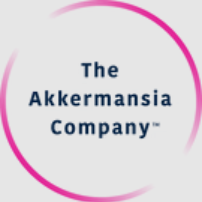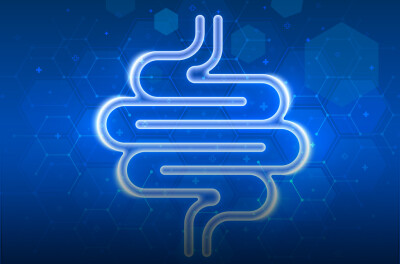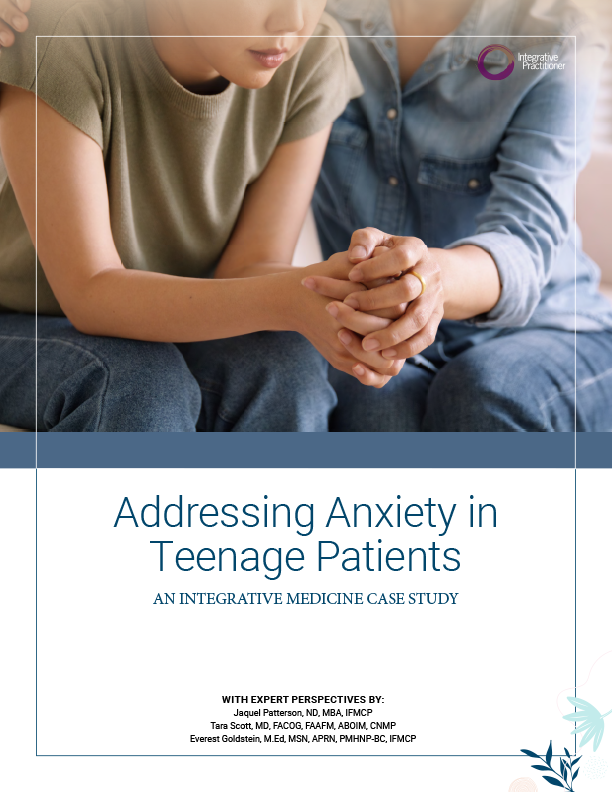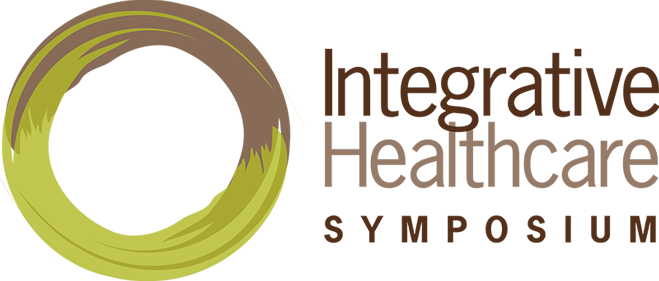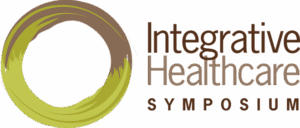CMS proposed fee schedule poses challenges for acupuncture reimbursement
Photo Cred: Louis Velazquez/Unsplash
By David Miller, MD, LAc, and Margaret Chesney, PhD
The Centers for Medicare and Medicaid Services (CMS) announced on August 5 its fee schedule that will go into effect in calendar year 2021. Changes to the fee schedule impact already lean reimbursements, and integrative healthcare professionals working to offer services to Medicare and Medicaid beneficiaries may face challenges balancing income with patient care.
In medical billing, claims are submitted by facilities to generate reimbursement for healthcare services. Those reimbursements depend on the relative value units (RVUs) of current procedural terminology (CPT), which are assigned by CMS. All healthcare professionals billing for a procedure are equally affected by changes in code valuation.
Proposed changes to the 2021 Physician Fee Schedule (PFS) would reduce the RVUs for acupuncture services, identified by the four CPT codes, 97810, 97811, 97813, and 97814, and decrease the PFS conversion factor by 10 percent. This change would lessen the reimbursements for this code set for all providers using these codes, including medical doctors, licensed acupuncturists, and chiropractors.
The rationale for the code value decrease is based on perceived similarities between the existing acupuncture code set and two new codes created and implemented in 2019, according to the Federal Register. The new codes, identified as 20560 and 20561, are intended to describe only the specific procedure of needle insertion without injection, and do not account for the surrounding care provided or case complexity.
The new codes are specific to the procedure of trigger point release, not comprehensive use of acupuncture or filiform needling for the management of conditions ranging from simple to complex. Using the codes presumes an existing diagnosis of myofascial dysfunction and does not consider a complex evaluative process or the associated time.
The codes were developed to accommodate the increasing use of filiform needling for myofascial care outside of a comprehensive diagnostic medical framework. Two procedures deemed equivalent in the creation of these codes and described by the codes include “Trigger Point Acupuncture” and “Dry Needling.”
Practitioners from several associations, including the American Society of Acupuncturists, the American Academy of Medical Acupuncture, the National Certification Commission for Acupuncture and Oriental Medicine, and the Integrative Health Policy Consortium are responding to the proposed changes, submitting statements to CMS through its open comment period. Experts said the original codes, per the American Medical Association CPT Code Assist explanation from 2005, are meant to include attended and unattended time components of care, including chart review, obtaining basic history relevant to the presenting condition, follow up from prior care, point selection and treatment design, post-care charting, and patient instruction. The scope of conditions that may be treated under this code set also far exceeds the number of conditions that may be treaded under the new codes as well, with the new codes being specific to trigger point care.
“[The] CPT codes for acupuncture…require practitioners to perform patient evaluation and management,” said The National Certification Commission for Acupuncture and Oriental Medicine in its statement. “Conversely, the newly adopted dry needling codes have no such requirement, as they are secondary or ancillary services. Acupuncturists must evaluate, diagnose, and treat acupuncture patients every session. These services require significant intra-and post-service work.”
Additionally, the new trigger point codes may, depending on state law, be billed by providers other than licensed acupuncturists, medical doctors, and nurses. Some acupuncture training programs, which allow a practitioner to bill for these codes, require no independent, agency-accredited training, no standardized curriculum, no means of assessing the competence of instructors in the field, and no independently administered competency examinations. These codes are not intended to include any diagnostics or counselling that a licensed practitioner would provide, but rather solely describe a procedure, which could lead to unqualified individuals performing these services.
“Acupuncture licensure requirements include set didactic standards with at least 660 hours of supervised acupuncture [specific] training, examination by an independent certification body in most states, and 60 hours of continuing education every four years in most states,” said the American Society of Acupuncturists in its statement. “In contrast, to practice dry needling or trigger point acupuncture, there are no independent, agency-accredited training programs, no standardized curriculum, no means of assessing the competence of instructors in the field, and no independently administered competency examinations. There are no set requirements for…training, which may range from 25 to 75 hours of unaccredited coursework, and no requirement for continuing education.”
The existing acupuncture codes require, depending on state law for licensing acupuncture professionals, 200 to 300 hours of additional training on top of a medical doctor or doctor of osteopathic medicine degree, or thousands of hours of training in an Accreditation Commission for Acupuncture and Oriental Medicine (ACAOM) accredited training program. Many states also require certification by either the National Certification Commission for Acupuncture and Oriental Medicine (NCCAOM) or state acupuncture board.
“A physician, having completed at least seven years of post-graduate medical education, will learn multiple methods of acupuncture, auricular, scalp, neuroanatomical, and traditional, for example, and how to determine the best treatment for the patient’s condition,” said the American Academy of Medical Acupuncture in its statement. “Acupuncture is more labor intensive than simply inserting a dry needle into a tender muscle.”
In January 2020, CMS began covering acupuncture services for chronic low back pain, describing high qualifications for approved providers in its decision memo. The Integrative Health Policy Consortium said in its statement it hopes CMS appreciates that the new codes do not describe comparable services, and current coverage levels for acupuncture services should be preserved.
“The description of providers qualified to provide acupuncture for chronic low back pain in seniors as put forth by CMS in its own coverage determination underscores the training needed for responsible provision of this service.”
Editor’s note: This article is sponsored by the IHPC.
About the Authors
David Miller, MD, LAc
David Miller, MD, LAc, is the founding Medical Director for Pediatric Integrative Medicine with the University Hospitals Connor Integrative Health Network and Rainbow Babies and Children’s Hospital in Cleveland, Ohio. He is one of the only physicians dually board certified in pediatrics and Chinese medicine.
Prior to joining the UH Connor network, Miller was in private practice with East-West Integrated Medicine, LLC in Chicago, Illinois for 14 years, and saw patients of all ages for holistic and integrative care. Miller was also the founding chair of the American Society of Acupuncturists. He has been actively involved with the Illinois State Medical Society and Illinois Society of Acupuncturists and has done work on legislation related to the practice of acupuncture. He designed and taught the pediatrics curriculum for Pacific College in Chicago, as well as teaching integrative physiology and pediatrics at several DAOM programs.
Margaret Chesney, PhD
Dr. Margaret Chesney is a professor of medicine at the University of California, San Francisco (UCSF) and served as director of the UCSF Osher Center for Integrative Medicine from 2010 to 2015.
Prior to returning to UCSF, where she was previously professor-in-residence and co-director of the Center for AIDS Prevention Studies, she was the first deputy director of the National Center for Complementary and Integrative Health at the National Institutes of Health. She also served as senior advisor to the Office for Research on Women’s Health in the Office of the National Institutes of Health (NIH) Director. With a focus on health promotion and disease prevention, she has been the principle investigator of NIH-funded studies identifying factors, such as stress that are associated with chronic disease and developing interventions to promote health.
Chesney has served as president of the Society for Health Psychology, Academy of Behavioral Medicine Research, and American Psychosomatic Society. From 2014 to 2016, she chaired of the Academic Consortium for Integrative Medicine and Health.





